In the vast world of food additives and stabilizers, pectin, gelatin, and carrageenan stand out as key ingredients used to enhance the texture, stability, and appeal of various food products. While they share similarities in their ability to thicken, gel, or stabilize foods, understanding the differences between these substances is crucial for both culinary professionals and home cooks alike. This comprehensive guide aims to elucidate the distinct characteristics, sources, uses, and potential health implications of pectin, gelatin, and carrageenan, enabling you to make informed decisions when incorporating them into your recipes or selecting food items.
Understanding Pectin
Definition and Origin:
Pectin is a natural polysaccharide found primarily in the cell walls of plants, particularly in fruits like apples, citrus, and berries. It’s composed of complex carbohydrates that, when extracted and processed, exhibit gel-forming properties.
Chemical Structure and Function:
Pectin’s gel-forming capability is attributed to its ability to form hydrogen bonds with water molecules, creating a stable network that thickens and gels foods. Unlike some other gelling agents, pectin requires the presence of sugar (usually sucrose) and acid (such as lemon juice or vinegar) to achieve optimal gelation. This makes it ideal for use in jams, jellies, and marmalades, where it contributes to a firm yet flexible texture.
Culinary Applications:
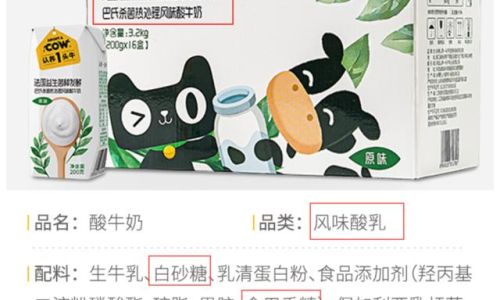
- Jams and Jellies: Pectin is a staple in homemade preserves, helping to set the mixture without the need for excessive cooking.
- Baked Goods: It can be used as a fat replacer in baked goods like muffins and cakes, enhancing moisture retention and texture.
- Health Foods: Due to its fiber content, pectin is often added to health bars and yogurts to boost dietary fiber intake.
Health Considerations:
Pectin is recognized for its dietary fiber benefits, aiding in digestion and potentially lowering blood cholesterol levels. However, individuals with fruit allergies should be cautious when consuming pectin-containing products.
Exploring Gelatin
Definition and Origin:
Gelatin is a protein derived from the collagen found in animal bones, skin, and connective tissues. It’s produced through a process involving hydrolysis, where collagen is broken down into its constituent amino acids, creating a water-soluble, gel-forming substance.
Chemical Structure and Function:
Gelatin’s gel-forming properties arise from its ability to absorb and retain large amounts of water, forming a stable, elastic gel when cooled. This characteristic makes it indispensable in creating desserts like gummy candies, marshmallows, and jellied desserts. Unlike pectin, gelatin gels without the need for acid or sugar, but its gel strength can be influenced by temperature, concentration, and the presence of other ingredients.
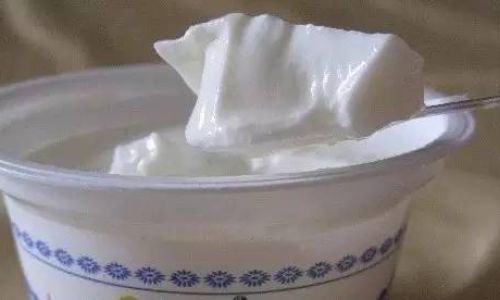
Culinary Applications:
- Desserts: Gelatin is a key component in molded desserts, providing structure and mouthfeel.
- Baking: It’s used as a stabilizer in frostings and fillings, preventing separation and enhancing texture.
- Meat Products: Gelatin is also found naturally in cooked meats, contributing to their juicy texture and helping to retain moisture.
Health Considerations:
Gelatin is a rich source of protein and amino acids, particularly glycine and proline, which are important for tissue repair and joint health. However, vegetarian and vegan diets exclude gelatin due to its animal-derived nature. Additionally, individuals with allergies to pork, beef, or other animal products should avoid it.
Discovering Carrageenan
Definition and Origin:
Carrageenan is a natural polysaccharide extracted from red seaweed (Rhodophyta). It’s composed of galactose units linked in various ways, giving rise to different types of carrageenan with distinct functional properties.

Chemical Structure and Function:
Carrageenan’s functionality in food is diverse, ranging from thickening and stabilizing to gelling and emulsifying. Depending on its type (κ-carrageenan, ι-carrageenan, λ-carrageenan), it can form gels in the presence of potassium ions or act as a thickener in acidic environments. Its ability to withstand heat and freeze-thaw cycles makes it ideal for a wide range of applications.
Culinary Applications:
- Dairy Products: Carrageenan is used in yogurt and ice cream to improve texture and stability, preventing syneresis (water separation).
- Meat Products: It acts as a binder and water retainer in processed meats, enhancing their juiciness and sliceability.
- Beverages: As a stabilizer, carrageenan prevents precipitation and settling in fruit juices and smoothies.
Health Considerations:
The safety of carrageenan has been debated, particularly the degraded forms (poligeenan) which may have pro-inflammatory effects. However, most food-grade carrageenan is considered safe by regulatory bodies like the FDA and EFSA when used within approved limits. Consumers with sensitive guts or inflammatory bowel diseases may wish to monitor their intake.

Conclusion
In summary, pectin, gelatin, and carrageenan each bring unique properties to the culinary world, shaping the texture, stability, and appeal of countless food products. Understanding their origins, chemical structures, culinary applications, and health implications allows for more informed choices when incorporating these ingredients into recipes or selecting food items. Whether you’re a home cook seeking to perfect your jelly-making skills, a food scientist developing new products, or a consumer concerned about the ingredients in your food, this guide provides the foundational knowledge necessary to navigate the world of gelling agents confidently. By recognizing the distinct qualities of pectin, gelatin, and carrageenan, you can harness their power to create delicious, stable, and healthful foods that delight the senses and nourish the body.
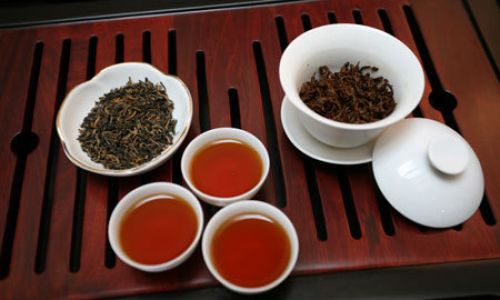
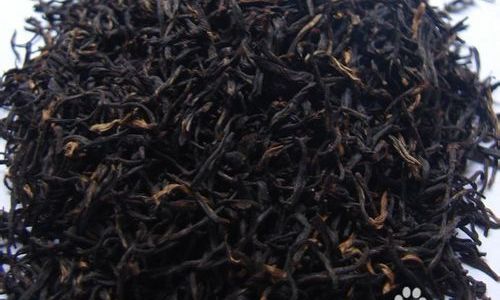

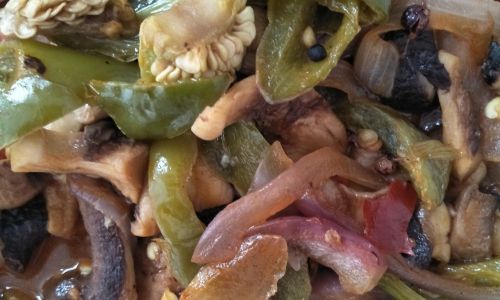
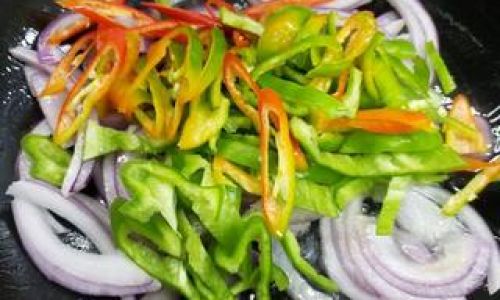
0 comments